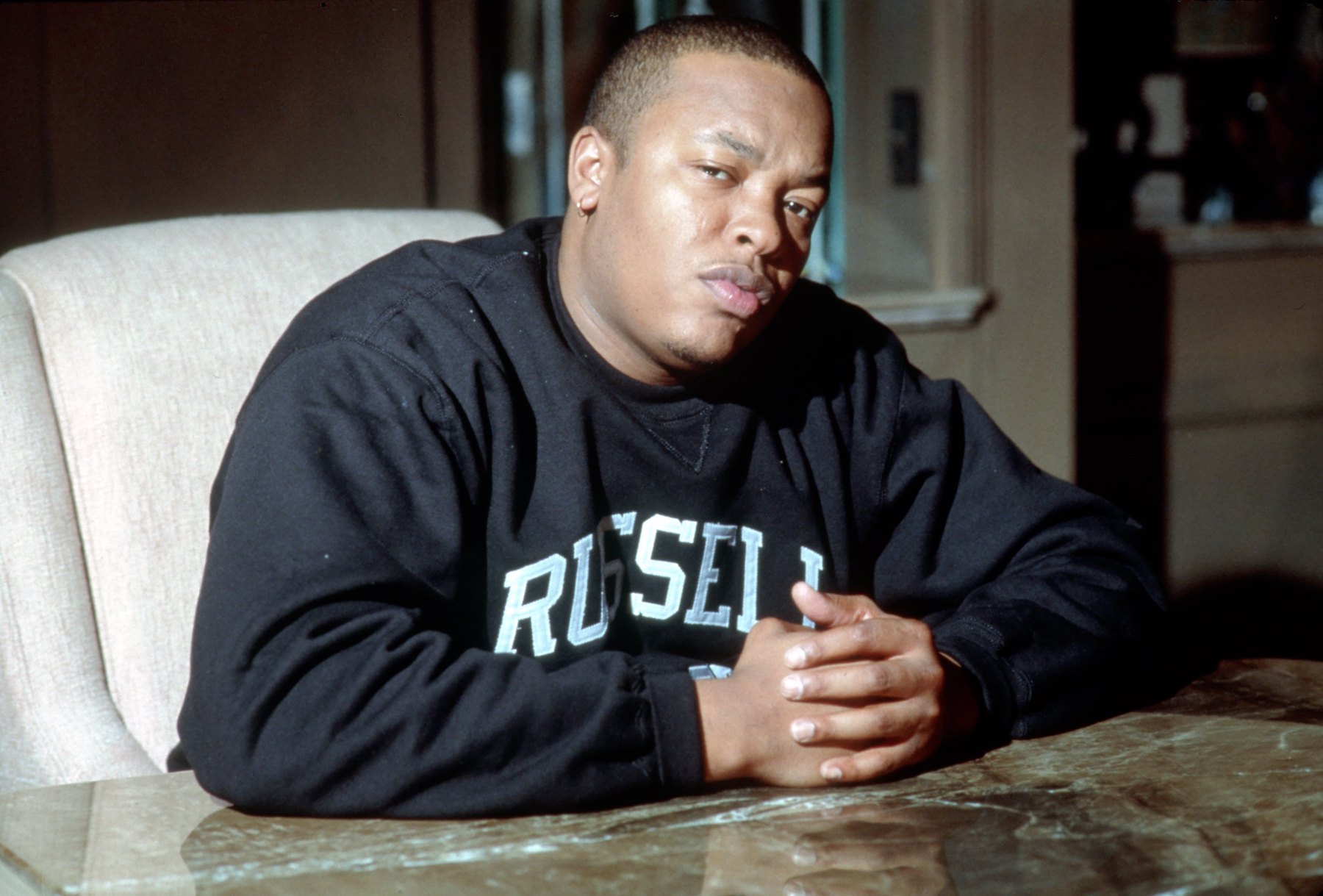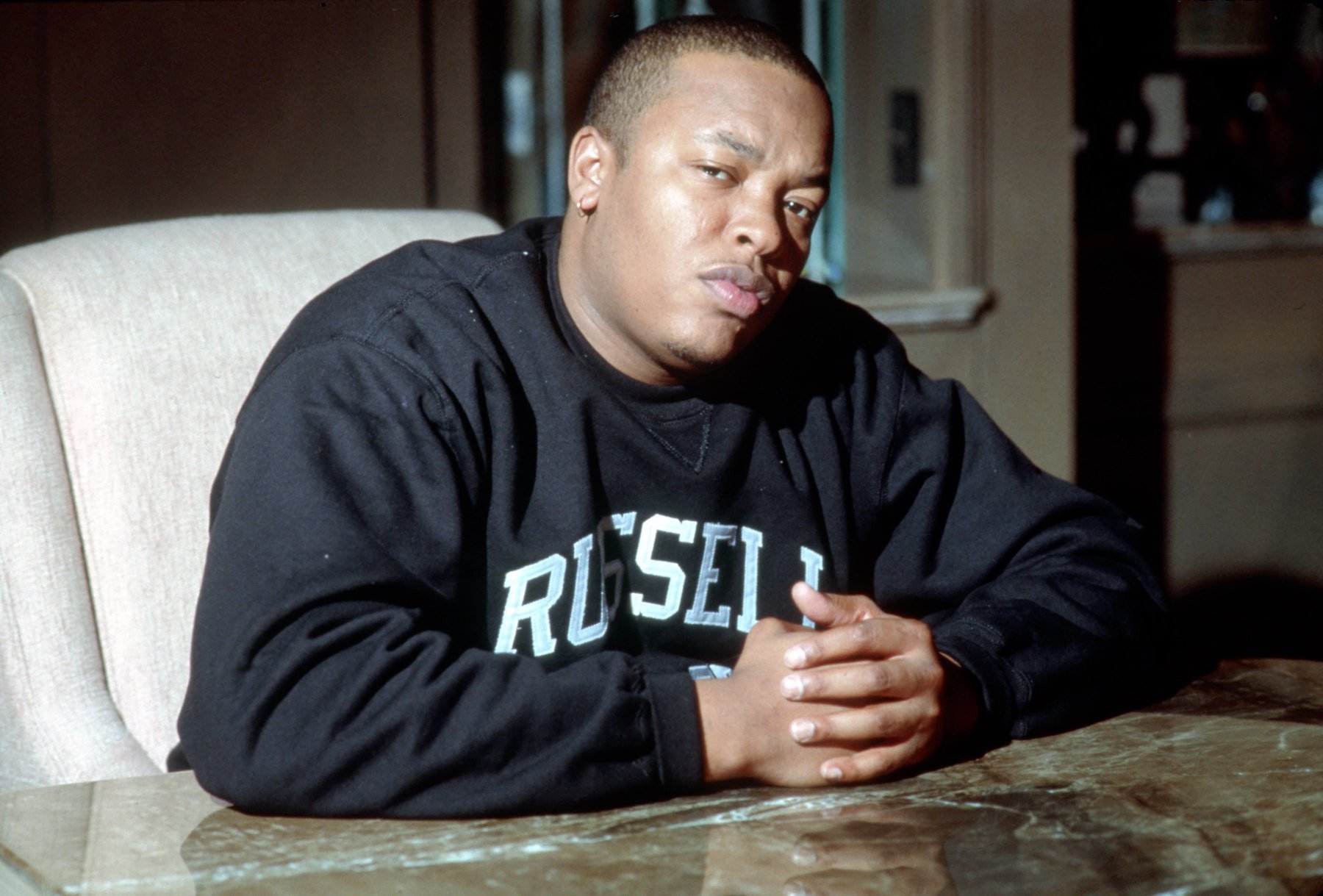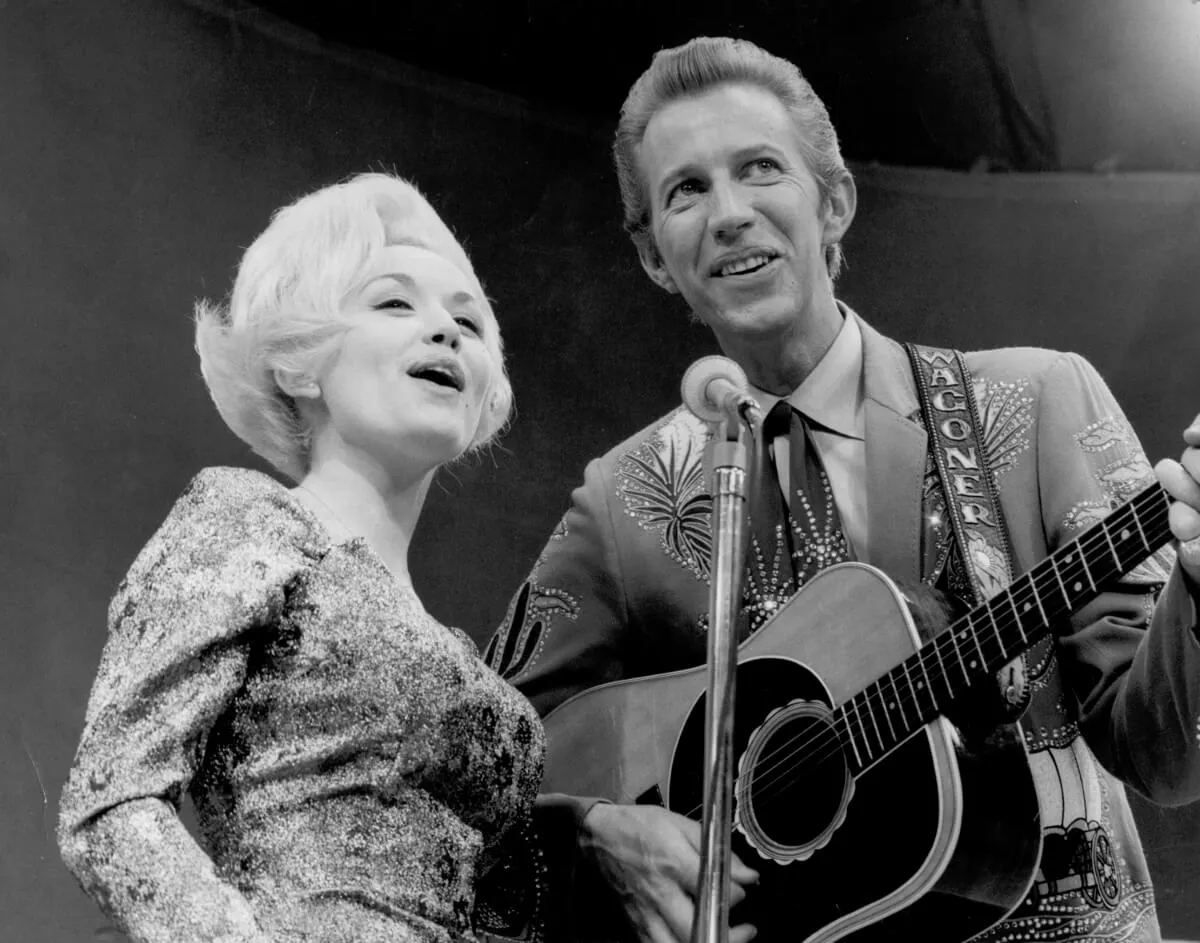
How Dr. Dre’s ‘The Chronic’ Inspired The Notorious B.I.G.’s Debut Album ‘Ready to Die’
In the early 1990s, West Coast rappers like Tupac Shakur and Dr. Dre showed that California had talented MCs just like there were in New York, the birthplace of hip-hop. Dr. Dre’s 1992 debut solo album The Chronic signaled that the West Coast wasn’t playing around, and it inspired an up-and-coming Brooklyn rapper — who later became The Notorious B.I.G. — to kickstart his own career.

Dr. Dre released his debut solo album ‘The Chronic’ in 1992
Dr. Dre first rose to prominence in the late 1980s as a part of the hit rap group N.W.A. After the dissolution of the group in the early 1990s, Dr. Dre. got to work on his own debut project — not just as a rapper, but as a producer. He, along with Suge Knight and The D.O.C., created Death Row Records in 1991.
Dre released his debut solo album The Chronic in December 1992. It was the first album released on the fledgling label, with the second being Snoop Dogg’s debut album Doggystyle released the following November. The album included hit songs like “Nuthin’ But a ‘G’ Thang,” which reached No. 2 on the Billboard Hot 100 chart, and “Let Me Ride,” which won Dre a Grammy Award for Best Rap Solo Performance.
‘The Chronic’ immediately inspired The Notorious B.I.G. to get to work on ‘Ready to Die’
The Chronic put the entire hip-hop industry on notice, but none more so than those artists living in New York. Christopher Wallace, a Brooklyn crack dealer who made a name for himself around the neighborhood for rapping on the mic at local parties, was especially struck by The Chronic.
The 2022 book It Was All a Dream: Biggie and the World That Made Him detailed how The Notorious B.I.G. got to working on his debut album Ready to Die, and The Chronic‘s role in the process. He had become friends with Matteo Capoluongo, the writer for The Source magazine who penned the famous Unsigned Hype column that introduced Biggie to audiences everywhere. As part of his job, Capoluongo received advance copies of new music, including Dr. Dre’s The Chronic.
“Big, come to the crib now!” Capoluongo demanded of Biggie when he got a copy of The Chronic. “Trust me!”
Biggie was struck by everything he heard on the project and decided to get to work on his own album. “N****, f*** that!” he said as he prepared to go home. “Yo, Matt. I’m out!”
“That was it. That was when he went to write Ready to Die,” Capoluongo said. “The Chronic is when New York changed all the way up.”
‘Ready to Die’ made The Notorious B.I.G. a star
The Notorious B.I.G. released his debut album Ready to Die in September 1994. With smash songs like “Juicy” and “Big Poppa,” Biggie proved that he could deliver radio-friendly hits just as easily as he could rap violent lyrics about life on the streets.
Ready to Die, in tandem with other recently-released albums like Nas’ debut Illmatic, showed that New York hadn’t lost its hip-hop crown after years of West Coast dominance. Biggie became one of the most in-demand rappers at the time, but his friendship with Tupac Shakur began to suffer following a shooting in November 1994 that he blamed on Biggie.
In March 1997, six months after Tupac’s death, Biggie was preparing for the release of his sophomore album Life After Death. But in the early morning hours of March 9, he was gunned down in Los Angeles, two weeks before the album’s release. Both Ready to Die and Life After Death remain two of the most revered hip-hop albums of all time.


